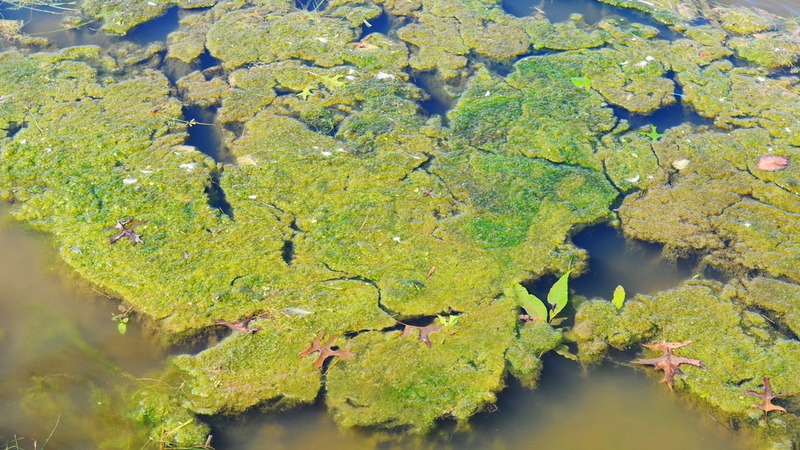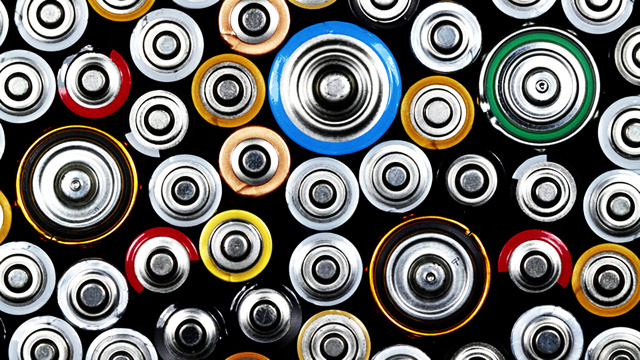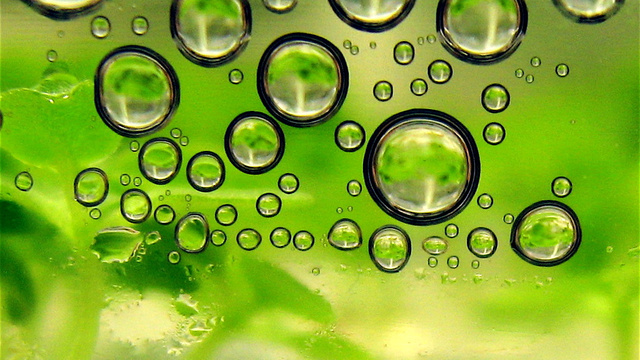Nanocellulose: supermaterial that can be grown

Nanocellulose is a material that is a set of nanoscale cellulose fibers with a high aspect ratio (length to width). The typical width of such a fiber is 5-20 nm, and the longitudinal size varies from 10 nm to several microns. The material has the property of pseudoplasticity , i.e. is viscous under normal conditions and behaves like a liquid during physical interaction (shaking, agitating, etc.). Its amazing properties make it possible to create ultra-light and heavy-duty materials on its basis, such as airgel ( eng ).
At the moment, nanocellulose fibers are isolated from wood fiber by high pressure homogenization ( High Pressure Homogenization ), a rather expensive process that requires large amounts of energy. The complexity of the production is one of the main limiting factors for the distribution of this material.
But progress does not stand still. The other day, Dr. Malcolm Brown, a professor at the University of Texas, presented his revolutionary way of "cultivation", which, in his opinion, is no less "one of the most important discoveries in plant biology."
The subject of Dr. Brown’s research was the Kombucha tea bacteria family, which is capable of producing nanocellulose in a cultured environment. But, for the production in such a way on an industrial scale, would require a huge amount of sugar, nutrients and fermentation tanks. The method of the professor is much more efficient and environmentally friendly. The only thing needed for it is water, sunlight and algae. The scientist "introduced" genes isolated from acetobacteria into blue-green algae , forcing them to produce nanocellulose. Potentially, this method will allow the creation of whole organic plants for the production of material on an industrial scale.
')
If we can accomplish the last step, we will make the most significant revolution in agriculture. There will be farms producing nanocellulose - in large quantities and inexpensive. It can be a raw material for the continuous production of biofuels and many other products. In addition, these algae absorb carbon dioxide associated with global warming.
The Gizmodo resource has compiled a list of the most interesting potential applications of the prospective material:
Army armor

Due to the fact that nanocellulose consists of a tightly packed array of needle-like crystals, it is incredibly durable. In fact, it has a strength / weight ratio of 8 times greater than stainless steel ( eng ), which allows you to create light and durable body armor out of it.
Super flexible screens

Nanocellulose is a transparent, flexible and durable material, so it can be used as a replacement for plastic or glass. Pioneer is already exploring it in its research on creating super slim and flexible screens ( eng ).
Filters

The structure of nanocellulose resembles graphene, so it can also be used to create all sorts of filters ( eng ). Such filters may be able to make seawater potable or remove harmful substances from cigarette smoke ( eng ).
Flexible batteries

Replace thick and rigid separators inside batteries with flexible nanocell counterparts. Make a shell of graphene - and we get the flexible batteries that we dream of ( eng ).
Ultra-absorbent aerogels

Because of its lightness and strength, nanocellulose can be used to create foam that can withstand up to 10,000 more than its own weight. Which, as a result, is porous and super-absorbent. This can be used, for example, to create medical dressings.
Incredibly energy efficient cars

Ford believes that it is possible to use new material to create different parts of the car, from body parts to interior trim, thereby bringing its weight to 400 kg.
Biofuels

It is possible to improve the process by forcing algae to produce biofuel besides nanocellulose ( eng ), by “adjusting” the DNA ( eng ).
Source: https://habr.com/ru/post/176159/
All Articles